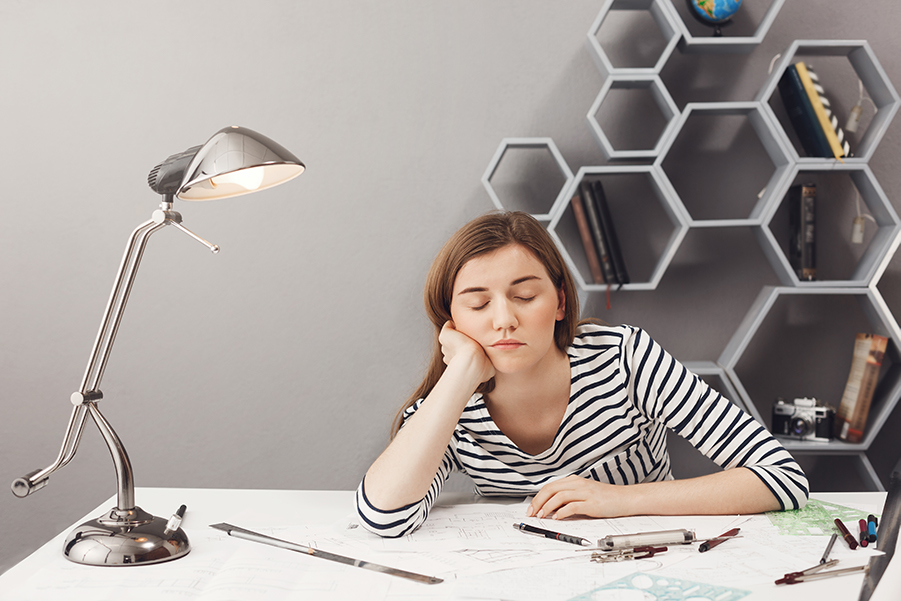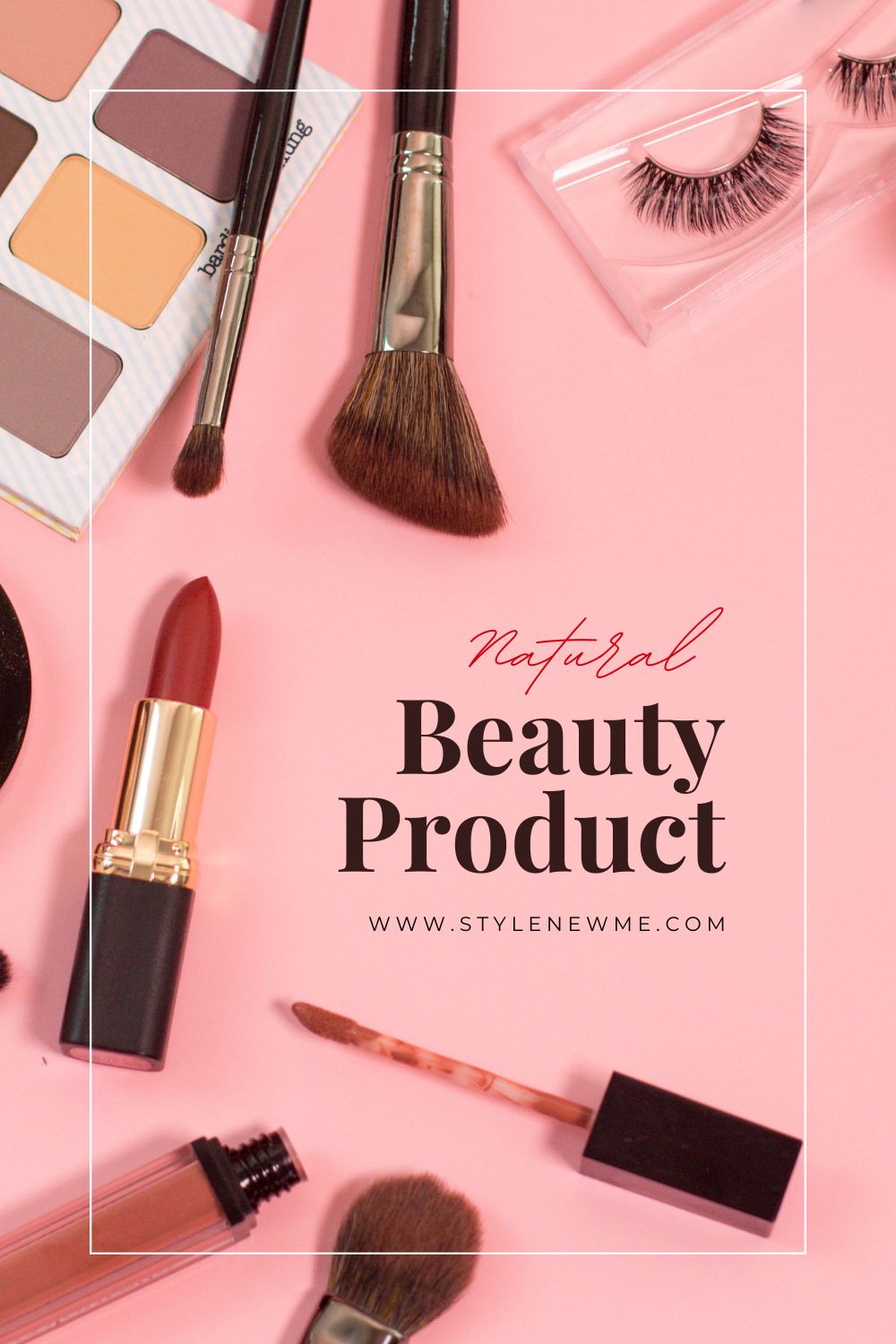In our fast-paced world, the idea of taking a nap during the day might seem indulgent or even lazy. However, recent research suggests that a short nap could be one of the most effective ways to enhance creativity. Far from being a waste of time, these brief periods of rest may unlock new levels of innovation and problem-solving, providing a much-needed boost to our mental faculties. In this article, we’ll explore how short naps impact creativity, the science behind it, and practical tips for incorporating this habit into your daily routine.
The Science Behind Napping and Creativity
Creativity is a complex process involving different areas of the brain working together. It’s not just about artistic expression; creativity is essential in problem-solving, critical thinking, and even everyday decision-making. Napping, particularly a short nap of 10 to 30 minutes, has been found to significantly enhance creative thinking.
One of the key reasons naps boost creativity is that they help consolidate memories. The brain organizes and integrates the information that has been received during the day while you sleep.. Short naps, especially those that include a phase of light sleep, allow the brain to sort through these memories, establishing connections between seemingly unrelated ideas. This process, known as memory consolidation, is crucial for creative problem-solving.
Furthermore, naps have been shown to increase activity in the brain’s right hemisphere, which is often associated with creative thought. The right hemisphere is involved in tasks such as recognizing patterns, interpreting visual information, and making intuitive leaps—all of which are essential for creativity. By giving the brain a brief rest, napping can help reinvigorate this hemisphere, making it easier to think outside the box.
Historical Evidence: Napping and Creative Geniuses
Throughout history, many famous creative individuals have recognized the power of napping. Thomas Edison, Salvador Dalí, and Albert Einstein are just a few of the great minds who swore by the benefits of a short nap. These individuals often used napping as a tool to refresh their minds and enhance their creativity.
For example, Salvador Dalí, the surrealist painter, was known for his unique napping technique. He would sit in a chair with a key in his hand and a metal plate on the floor beneath him. As he drifted off to sleep, the key would fall from his hand and clatter onto the plate, waking him up. Dalí claimed that this brief moment of sleep, just before he entered a deep slumber, was the most creative period of his day. This method allowed him to tap into his subconscious mind, where his most innovative ideas resided.
Similarly, Thomas Edison, the inventor of the light bulb, also took short naps throughout the day. He believed that these naps helped him stay productive and creative, allowing him to come up with new ideas and solutions to problems.
The Benefits of a Short Nap
Napping offers several benefits beyond just boosting creativityThe following are a few of the main benefits:
- Improved Memory: As mentioned earlier, naps help consolidate memories, making it easier to recall information and make connections between ideas. This is particularly beneficial for tasks that require creative problem-solving.
- Enhanced Learning: A short nap can help reinforce what you’ve learned, making it easier to absorb new information and apply it creatively.
- Increased Alertness: Even a brief nap can significantly improve your alertness and concentration. This is crucial for maintaining focus during creative tasks, where distractions can easily derail your train of thought.
- Reduced Stress: Napping has been shown to reduce levels of cortisol, a hormone associated with stress. Lower stress levels can create a more conducive environment for creativity, as it’s easier to think freely and explore new ideas when you’re not feeling overwhelmed.
- Improved Mood: A short nap can help reset your mood, reducing feelings of irritability and frustration. A positive mood is closely linked to creativity, as it encourages a more open and flexible mindset.
How to Include Napping in Your Everyday Activities
If you’re convinced of the benefits of napping but aren’t sure how to fit it into your busy schedule, here are some practical tips:
- Find the Right Time: The best time for a nap is typically in the early afternoon, when many people experience a natural dip in energy levels. A nap during this time can help recharge your batteries without interfering with your nighttime sleep.
- Keep It Short: To avoid grogginess, aim for a nap of 10 to 30 minutes. This is enough time to refresh your mind without entering a deep sleep cycle, which can leave you feeling more tired than before.
- Create a Restful Environment: Find a quiet, comfortable place where you can relax without distractions. If possible, dim the lights and reduce noise to create a more restful atmosphere.
- Set an Alarm: To avoid oversleeping, set an alarm for the desired nap duration. This will help you wake up at the right time and get back to your tasks feeling refreshed.
- Listen to Your Body: Not everyone needs a nap every day, so listen to your body and rest when you feel the need. If you’re feeling particularly sluggish or struggling with a creative block, a short nap might be just what you need.
The Role of Napping in Modern Workplaces
As more research highlights the benefits of napping, some forward-thinking companies are beginning to embrace this practice. Employers are recognizing that allowing employees to take short naps can lead to increased creativity, productivity, and overall job satisfaction.
For example, companies like Google and NASA have introduced nap pods or designated nap rooms where employees can take a quick rest during the workday. These initiatives acknowledge that a well-rested employee is more likely to be engaged, innovative, and effective in their work.
Incorporating naps into the workplace culture may also reduce the risk of burnout, which is increasingly common in today’s high-pressure work environments. By encouraging short naps, employers can help their teams maintain a healthy work-life balance and foster a more creative and productive atmosphere.
Conclusion
In conclusion, a short nap is not just a luxury; it’s a powerful tool for boosting creativity and enhancing cognitive function. The science behind napping shows that even a brief period of rest can have significant benefits, from improved memory and learning to increased alertness and reduced stress. Historical evidence from creative geniuses further supports the idea that napping can unlock new levels of innovation and problem-solving.
Incorporating short naps into your daily routine doesn’t have to be difficult. By finding the right time, keeping naps short, and creating a restful environment, you can make the most of this simple yet effective practice. Whether you’re an artist, entrepreneur, or simply someone looking to enhance your creativity, a short nap could be the key to unlocking your full potential. So, the next time you feel stuck or in need of a mental boost, consider taking a short nap—you might just wake up with your next big idea.




